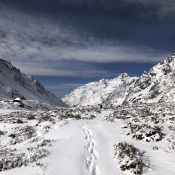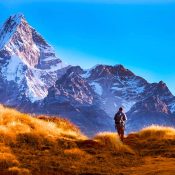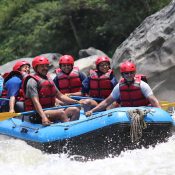Trekking in Nepal after Flood and Landslides : Safety Tips

Trekking in Nepal after Flood and Landslides : Safety Tips
Trekking in Nepal after flood and landslides demands caution due to disrupted trails. Nepal’s Himalayas attract adventurers globally. Yet the 2025 monsoon caused significant damage. This blog explores affected routes, recovery efforts and safety tips for trekkers
Nepal sits in a seismically active zone with steep terrain. Monsoon rains from June to September saturate the soil. This leads to landslides where hillsides give way. Floods occur when rivers overflow often in lowland areas. Climate change intensifies these events with more unpredictable weather patterns.
Deforestation and poor land management worsen the risks. Urban expansion blocks natural drainage. Recent studies highlight how rapid urbanization contributes to flood damage. In 2025 alone heavy rains in early October killed at least 47 people triggering landslides and flash floods across the country. These disasters not only claim lives but also damage infrastructure vital for tourism. [Source: AlJazeera]
Trekking routes vary in vulnerability. Higher altitude paths in the Himalayas often escape direct flooding. But landslides can block trails or destroy bridges. Access roads to trailheads suffer the most disrupting travel to starting points.
Specific Trekking Routes Impacted by Recent Events
The 2025 floods and landslides have hit several key areas. Let’s break down the effects on popular routes.
1. Everest Region

The Everest Base Camp trek is a bucket-list adventure. But it’s prone to disruptions. In October 2025 a landslide damaged a section of the trail between Namche and Jorsalle in the Everest region. This has made parts of the path impassable temporarily. Earlier in the year a flood in Thame affected nearby villages and trails. [Source: Annapurna Post]
Access to Lukla the gateway airport has been challenging. Roads to Manthali Airport used for Lukla flights were flooded. Travelers faced delays with alternative routes taking twice as long. Despite this the core Himalayan trails remain intact at higher elevations. Agencies report that with repairs underway treks can resume soon.
2. Annapurna Region
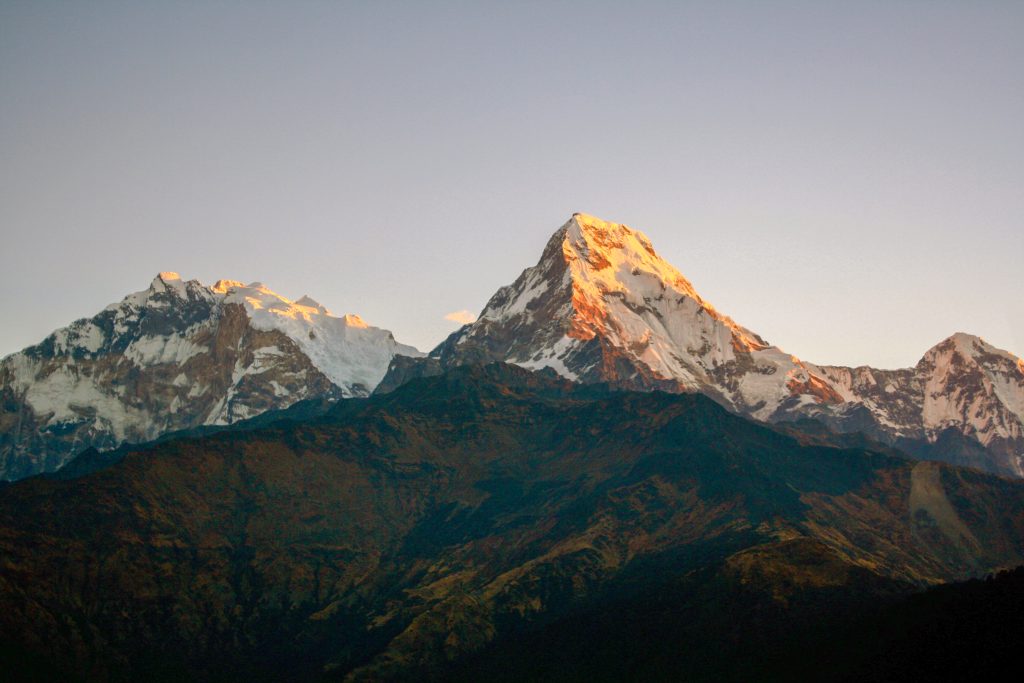
Annapurna region routes fare better overall. The Annapurna Circuit and Base Camp treks saw minimal direct impact from the 2025 rains. Transportation routes were affected but trails themselves are safe. This region has become a go-to alternative for trekkers avoiding eastern disruptions. Clear skies in October and November make it ideal.
3. Other Areas: Langtang and Manaslu
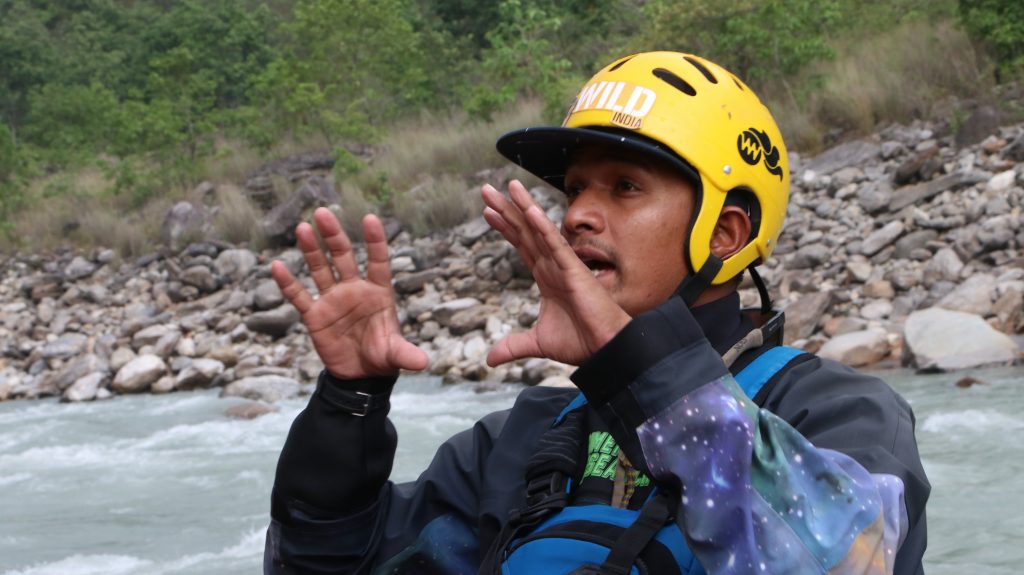
Langtang Valley experienced some landslides in past years. But recent updates show it’s accessible and unharmed by the latest floods. Manaslu Circuit and Tsum Valley also report no major issues. These less-crowded routes offer stunning views without the crowds of Everest.
Lowland areas like Chitwan National Park face more flooding. This impacts jungle safaris rather than high-altitude treks. Roads in the Tarai region may cause delays for overland travel.
Broader Impacts on Trekking
Floods and landslides go beyond trail damage. They wash away bridges stranding hikers. Rescue operations become necessary as seen with hundreds of trekkers evacuated from blizzard conditions near Everest in Tibet though related to Nepal’s weather patterns. Economic losses run into billions affecting local guides and teahouses. [Source: CNN]
Trekking in Nepal after Flood and Landslides: Safety Tips
Recovery is swift in Nepal. Roads and bridges get rebuilt within weeks. By mid-October many routes reopen. Check updates from the Department of Hydrology and Meteorology for real-time info.
The best time for trekking is post-monsoon from October to November. Weather stabilizes with fewer risks. Avoid monsoon months altogether. Spring from March to May is another option though pre-monsoon rains can occur.
Safety comes first. Here are key tips:
- Hire a Guide: Solo trekking is banned. Licensed guides know local conditions and alternatives.
- Monitor Weather: Use apps and official sources. Be prepared for sudden changes.
- Get Insurance: Cover natural disasters and evacuations.
- Pack Properly: Waterproof gear sturdy boots and emergency supplies are musts.
- Stay Flexible: Have backup plans. Consider western routes like Annapurna if east is affected.
- Support Locals: Choose ethical operators that aid recovery efforts.
For personalized advice expert-guided treks and the latest updates on safe Nepal adventures, Contact Navigate Outdoors. Our team helps you plan secure journeys amid changing conditions.
District administrations have issued warnings against high-altitude treks during heavy rain periods including recent alerts for October 4 to 6 2025. Heed these advisories to minimize risks. Always prioritize safety over schedules.
Floods and landslides are part of Nepal’s natural cycle. They challenge trekking routes but don’t define them. With proper preparation adventurers can still enjoy the Himalayas. Recent events in 2025 highlight the need for awareness. Plan smartly respect nature and contribute to sustainable tourism. Nepal’s trails await those ready for the journey. If you’re heading out share your experiences in the comments below.
All Categories
Quick booking process
+977-9803633878

